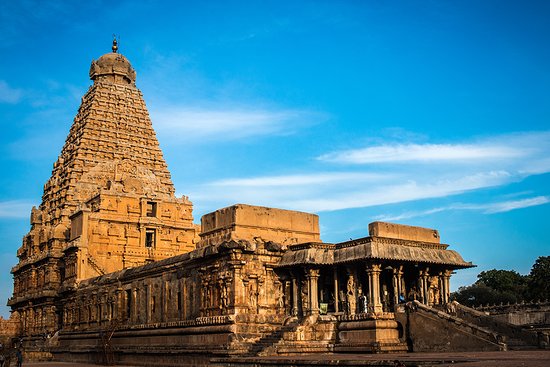
Lessons from the Cholas: Ensuring Order for Peace, Trade and Prosperity
Fri, 25 Sep 2020 | Reading Time: 7 minutes

History is often a teacher of both profound truths and profound obstinacy; we need to study periods of Indian history that can inspire us to think beyond our boundaries and recognize our nation’s evolution and strengths.
Unfortunately, certain periods of history are used purely as an anchor of past grievances, risking all that we have today overshadowing the accomplishments of other empires that once flourished on the subcontinent—empires that paint a true picture of India’s military character and exploits.
It is widely believed that India has traditionally had a ‘non- aggressive’ and a ‘non-invasionist’ policy with an emphasis on ‘non-violence’. Historically, however, military campaigns and victories and the extent of empires such as the Chola, Palas, Harsha, Mughals, Sikh and Marathas, belie theories of Indians as chronically defeatist.
One might ask a very valid question: how does the study of our history have any sort of application in the geopolitics of today? Are we not stretching a perhaps tenuous connection? I would argue the opposite; knowledge of our military history is more relevant than ever as we face tensions in Ladakh and the opening of a third front with Nepal.
The Chola Empire, for example, focused on creating alliances that secured their national and maritime interests. Their story provides instructive lessons for us today.
The Imperial Chola of Southern India were one of the world’s greatest but lesser-acknowledged Imperialist Powers—the first rulers of the Indian subcontinent to maintain a navy and use it to expand their dominion overseas. At its peak, the borders of their empire stretched from Kanyakumari at the tip of India, through Kerala, Karnataka, Andhra Pradesh, Telengana, and Odisha, reaching the Gangetic Plain in the north. Overseas territories included the islands of Ceylon (Sri Lanka), the Maldives and the Andaman & Nicobar island chain, and several countries in South East Asia.
The Chola accomplished the expansion of their dominions in the face of threats from enemies on all sides: the Cheralas in Kerala; the existing Pallavas and Pandyas; the Kingdom of Ceylon in the South; and the powerful Chalukyas to the north.
It was strategic thinking at its finest: breaking down their ideas on expansionism into its constituent parts and immediately removing or reducing smaller threats without losing focus on their longer-term goals. The Chola skillfully played what we would today call three- dimensional chess. And they were masters of the game.
In this instance, the early conquests were the Pandyas and the Ceylonese. The latter were defeated via an unexpected sea route—the newly captured port of Kollam. Having addressed two smaller enemies, the Chola went directly for their bigger opponent to the North—the Chalukya. This time, their strategy involved a strategic alliance with the Hoysalas who began their rule by being underlings of the Chalukyas. There were a series of battles between Cholas and Chalukyas and the river Tungabhadra was accepted as a boundary though technically the alliances with the Vengi extended the influence all the way up to the Godavari River.
With the Chalukya’s eliminated, the Chola would inherit kingdoms once ruled by the Cheralas, Chalukyas, Rashtrakuta and Pallavas—going on the militarily dominate peninsular India from the tenth through the thirteenth centuries. They were willing to fight and they were willing to learn and continually improve their political and military strategies.
Having established a firm hold in India, the Chola looked eastward in the early 11 th century; under Rajendra Chola I, they turned their focus to South-East Asia and China. In particular, they looked to the Song empire in China and their booming maritime trade through the Straits of Malacca. Trade in this region was controlled by the Srivijayans; they, with Chinese patronage, dominated commerce through the straits—affecting the local economies of several kingdoms in the Indian Ocean.
To break the alliance between the Srivijayans and the Song, the Chola would need to eliminate the former. Working with the Khmer, the Cholas sent two naval expeditions to the region – a smaller one in 1017 as a warning and a larger more devastating one in 1025. It was thus a systematic decimation of the Srivijayans and an altered reality that even the Chinese had to accept.
Historically, there is a strong case to be made that the Chola faced threats and challenges to their power and authority that equal or exceed that faced by India today. There was a constant trouble of a nature that could unsettle Kingdoms. Yet, the Cholas established themselves as a dominant power for several centuries establishing an imperial order unheard of in those days that extended beyond land into far away south Asia with influence right up to China.
There have been multiple empires in India since the Cholas strode across the subcontinent and South-East Asia. Yet theirs is the one that shows us most how to be the wily aggressor—studying their opponent’s culture, tactics, and weaknesses before swiftly eliminating the opposition.
Today, much like our Chola ancestors, we face threats on multiple fronts: a mighty Communist power in the north; the failing state of Pakistan to the west; and now a newly troublesome Nepal making claims on Indian territories at the behest of a mightier China. What strategy would the Chola use on this modern-day three-dimensional chessboard?
Since Independence, India has flexed its military power on multiple occasions. For example, the Anglo-Pakistan invasion of Kashmir in 1947, when we claimed victory from the jaws of certain defeat. Then there was the annexation of Hyderabad in 1948; the inclusion of NEFA and Tawang into the Union of India in 1951; the liberation of Goa in 1961; military intervention in the Maldives in 1986, and in Sri Lanka 1987-89—even if that last operation was half-hearted. India has also been willing to intervene in Seychelles and Mauritius to defend Indian allies.
Somewhere between these actions, India’s willingness to actively project her power in this region has seemingly stalled, and that has led to the rise of anti-Indian sentiments within a friendly neighbor—Nepal. What would the Chola have done? More than likely, their approach might have considered the larger picture first, and ask the question: what fronts do we need to play to win this game? Who are the regional players and how does one either build alliances or remove the opposition? And are we willing and aggressive enough to assess our own systems and processes and make necessary political and military changes?
Nepal is, as stated earlier, a country friendly to India—large sections of their population, as well as former soldiers numbering over a lakh, owe their loyalties to India. Many proud Nepalese are hurt by China’s efforts to mandarinize the nation and destroy the fabric of what was once the only Hindu monarchy in the world. It is in India’s interests that Nepal does not fall prey to a dominant communist regime and it is time to leverage a largely positive relationship into an equally strong and visible military alliance against China. Much as the Chola Navy did with the Khmer while defeating the Srivijayans on the Straits of Malacca. Once that partnership is assured, then let us turn our attention to identifying and addressing our weaknesses even as we prepare for a more dominant regional presence. Our focus since 1947 has largely been on India’s borders and internal security, especially given
the triumvirate: our relationship with Pakistan and the unresolved Kashmir issue; the demarcated border dispute with China; and internal insurgencies and terrorism. In addition, there is a deliberately designed but flawed separation between civilian and military leaders in India that hampers adequate civil-military dialogue. It is perhaps best seen in the Nehruvian approach that diluted India’s focus on maritime affairs and relegated the Armed Forces to constabulary and policing duties instead of recognizing the need for a strong armed forces and building up that strength from the experiences of WW II.
India is one of few democratic countries in the world where the military is not formally part of the Ministry of Defence. The political leadership and bureaucracy set the direction and the decisions on foreign policy. In return, the military leadership retains control over almost all military matters including the development of military doctrine, promotion and other matters with little civilian oversight. There are positive aspects to this arrangement, but there are also serious concerns that in times of crises, there will be a disconnect between the goals of political leadership and what the military could actually deliver since each side has little understanding of the other. The newly created office of CDS and its Department of Military Affairs is too new to be scrutinized for its deliverables.
All of this partially explains the pacificism displayed in the face of Chinese incursions and movements in Tibet. The war of 1962 had a profound, if unintended, consequence: India was reluctant to formally articulate strategic policies and adopted a policy of non-alignment. Non-Alignment was a policy designed to maintain moral authority and autonomy in the region. But this also meant that India was reacting to developments rather than taking the initiative to shape developments to our advantage.
It’s an Un-Chola pacifism that continues to this date. We are reluctant to declassify documents related to national security and especially military operations of the 1962 war. We helped create a new country in 1971 and frittered away the huge goodwill earned as a result. The presence of 90000 PoWs in that war indicated nothing but deficiency in strategic wisdom. We have professed a strategic culture of restraint and a belief that India should lead by moral authority rather than hard power but it appears the scripted narrative of non-violence has been taken literally by our adversaries and their collaborators.
We are a peace-loving nation, but we must simultaneously safeguard our own regional interests. They cannot be compromised on the grounds of a stated policy, or by belligerence and jingoism.
Non-violence has never been India’s stated policy; ahimsa or non-violence was first propagated by the great Mauryan Emperor, Ashoka, only after many military victories that led to a philosophical awakening. As a concept, it was also used by Mahatma Gandhi during the movement toward Indian Independence. Non-violence, however, wasn’t the only factor that led to freedom; we cannot forget the critical role of the INA and the Naval Mutiny of 1946, among others. Ahimsa has its place in a national discourse, but certainly not when discussing how India steps up as an emerging superpower. And not all solutions are wholly military in nature. Our rich legacy of empires and empirical thinking over thousands of years show us how kings and emperors had the ability and wisdom to safeguard the interests of a subcontinent, and leverage them abroad in the form of thought, religion, trade and culture. Today, how can we play the geopolitical chess game as well as the Chola did, and be unafraid to aggressively blend military might with trade, commerce, culture and foreign relations?
The views expressed are of the author and may or may not represent the views and policies of Chanakya Forum.
Disclaimer
The opinions expressed in this article are the author’s own and do not reflect the views of Chanakya Forum. All information provided in this article including timeliness, completeness, accuracy, suitability or validity of information referenced therein, is the sole responsibility of the author. www.chanakyaforum.com does not assume any responsibility for the same.
Chanakya Forum is now on . Click here to join our channel (@ChanakyaForum) and stay updated with the latest headlines and articles.
Important
We work round the clock to bring you the finest articles and updates from around the world. There is a team that works tirelessly to ensure that you have a seamless reading experience. But all this costs money. Please support us so that we keep doing what we do best. Happy Reading
Support Us




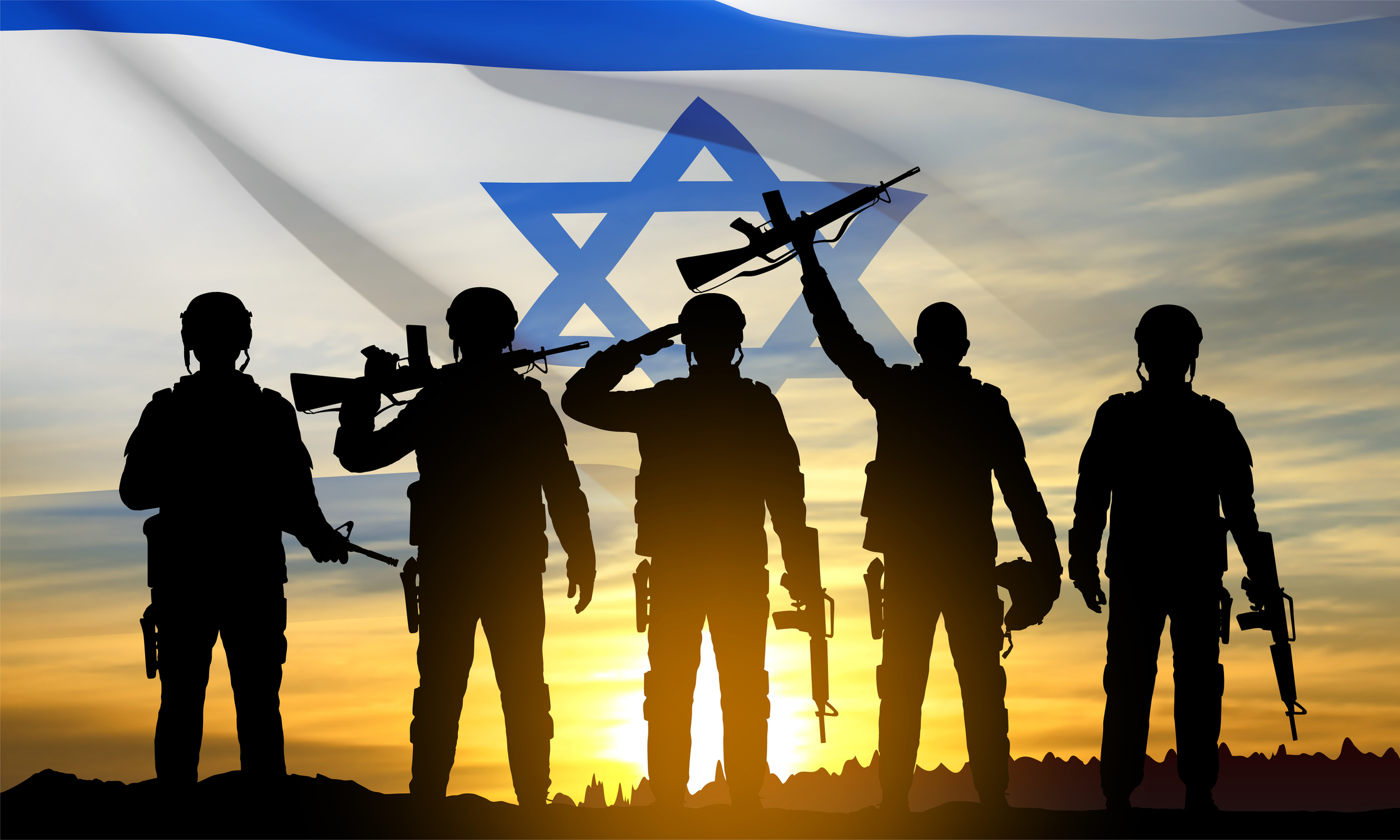
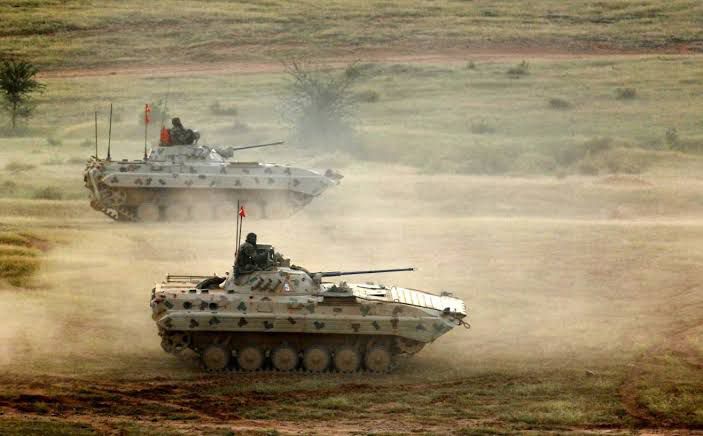
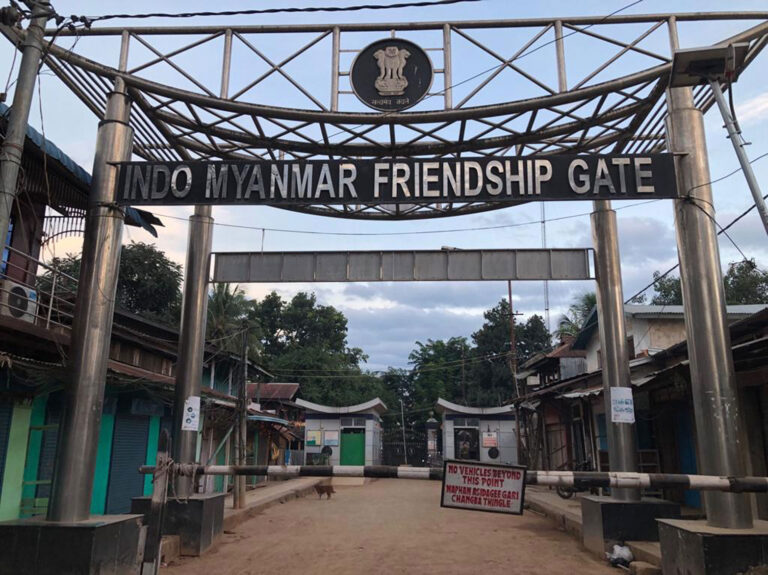
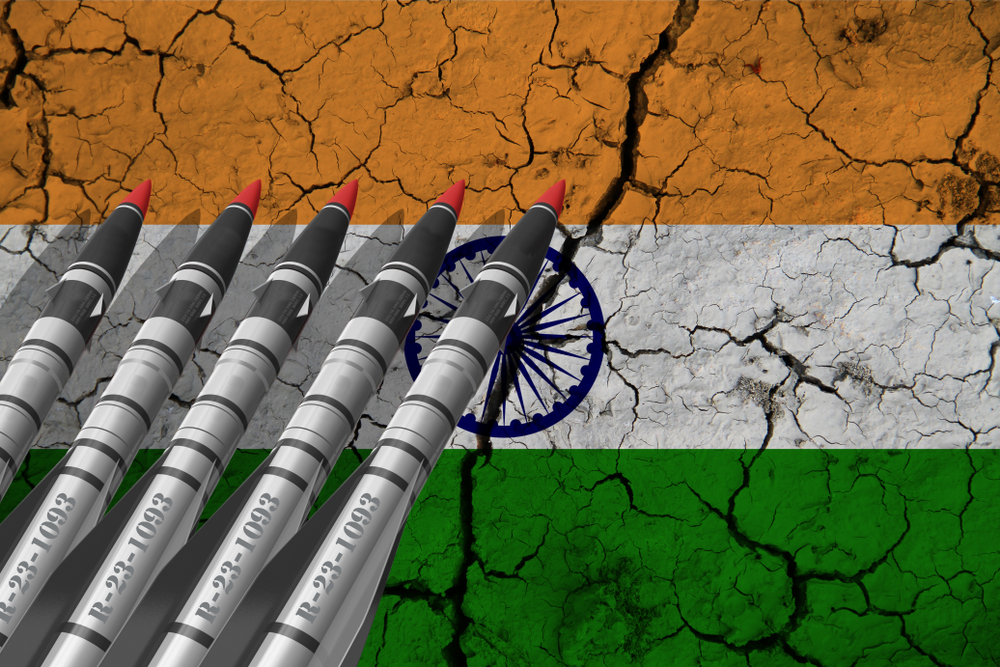
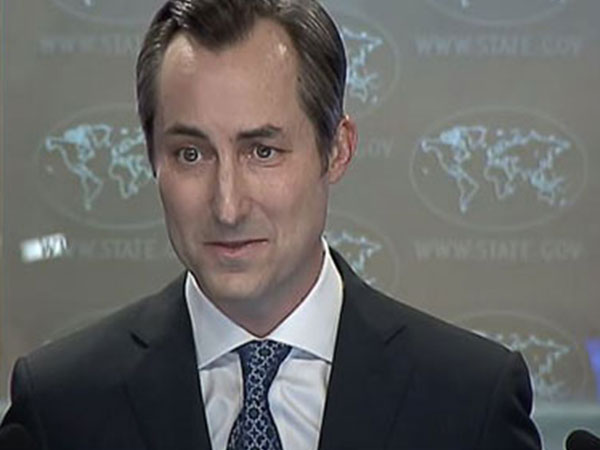
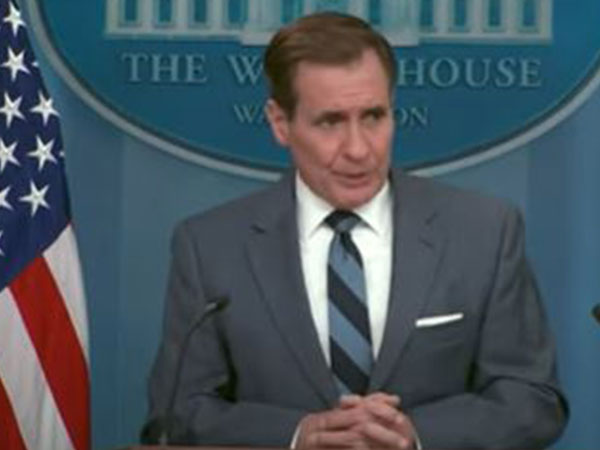


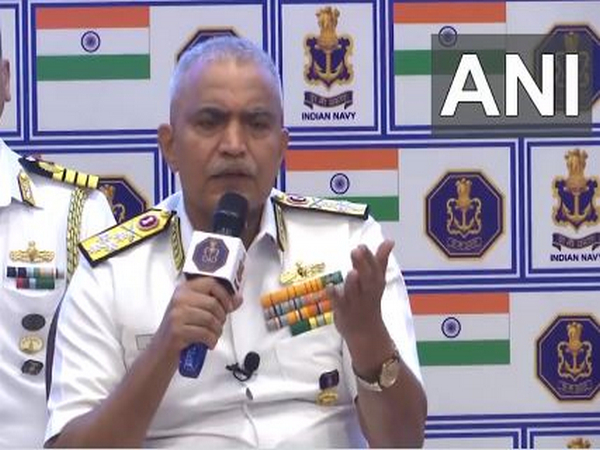
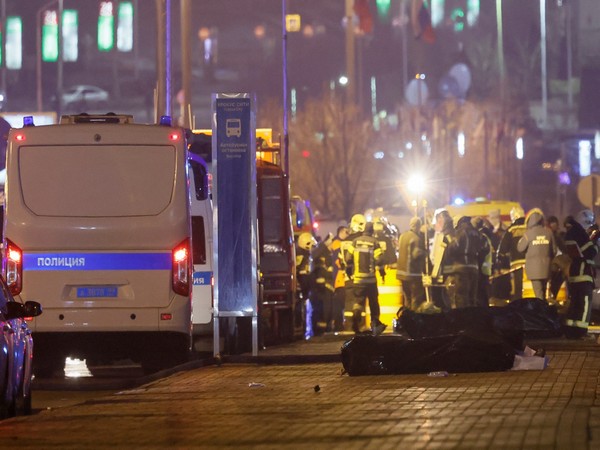






POST COMMENTS (5)
Anup Shah
Amit
Alok Dobhal
Dr Thanga Prabhu